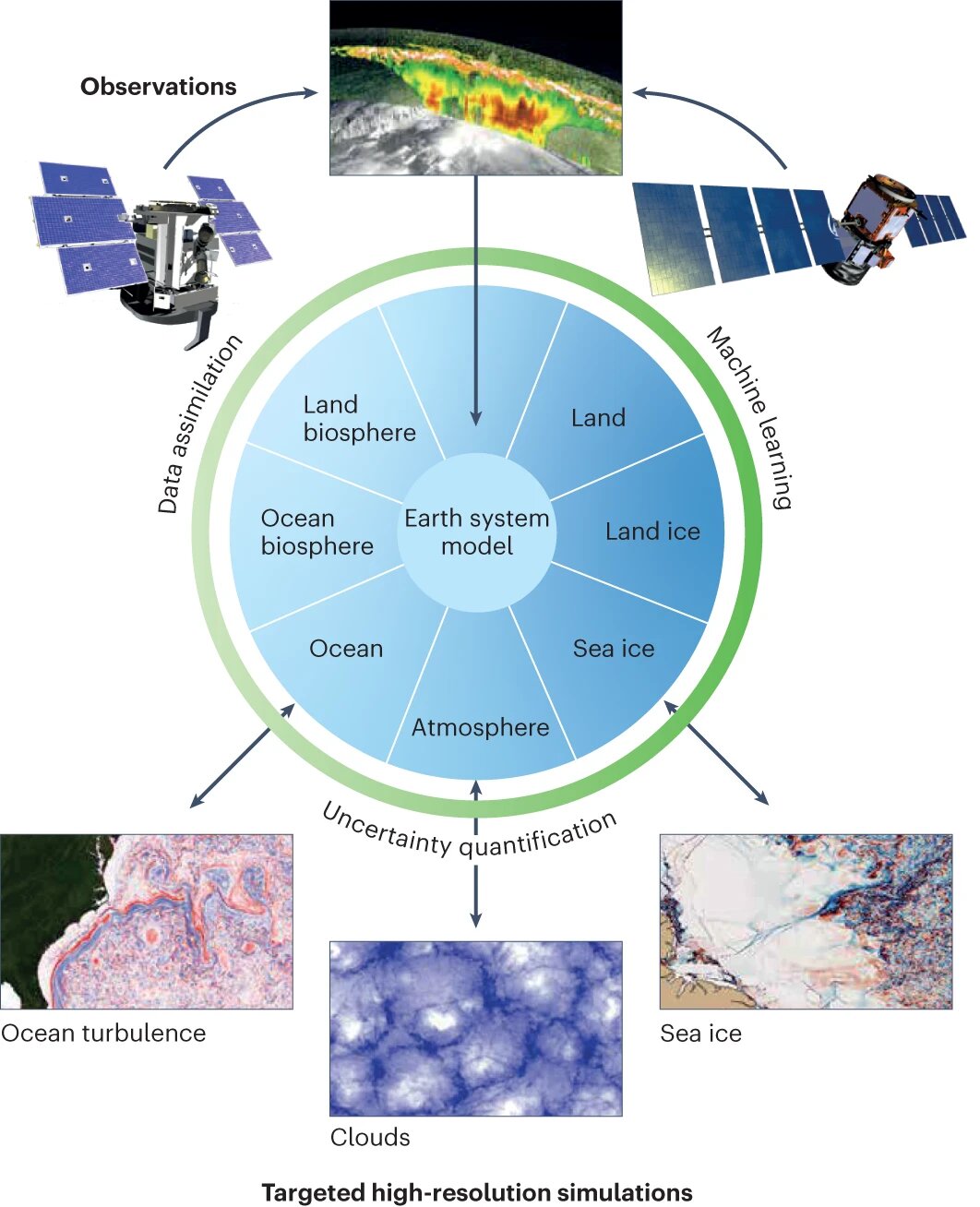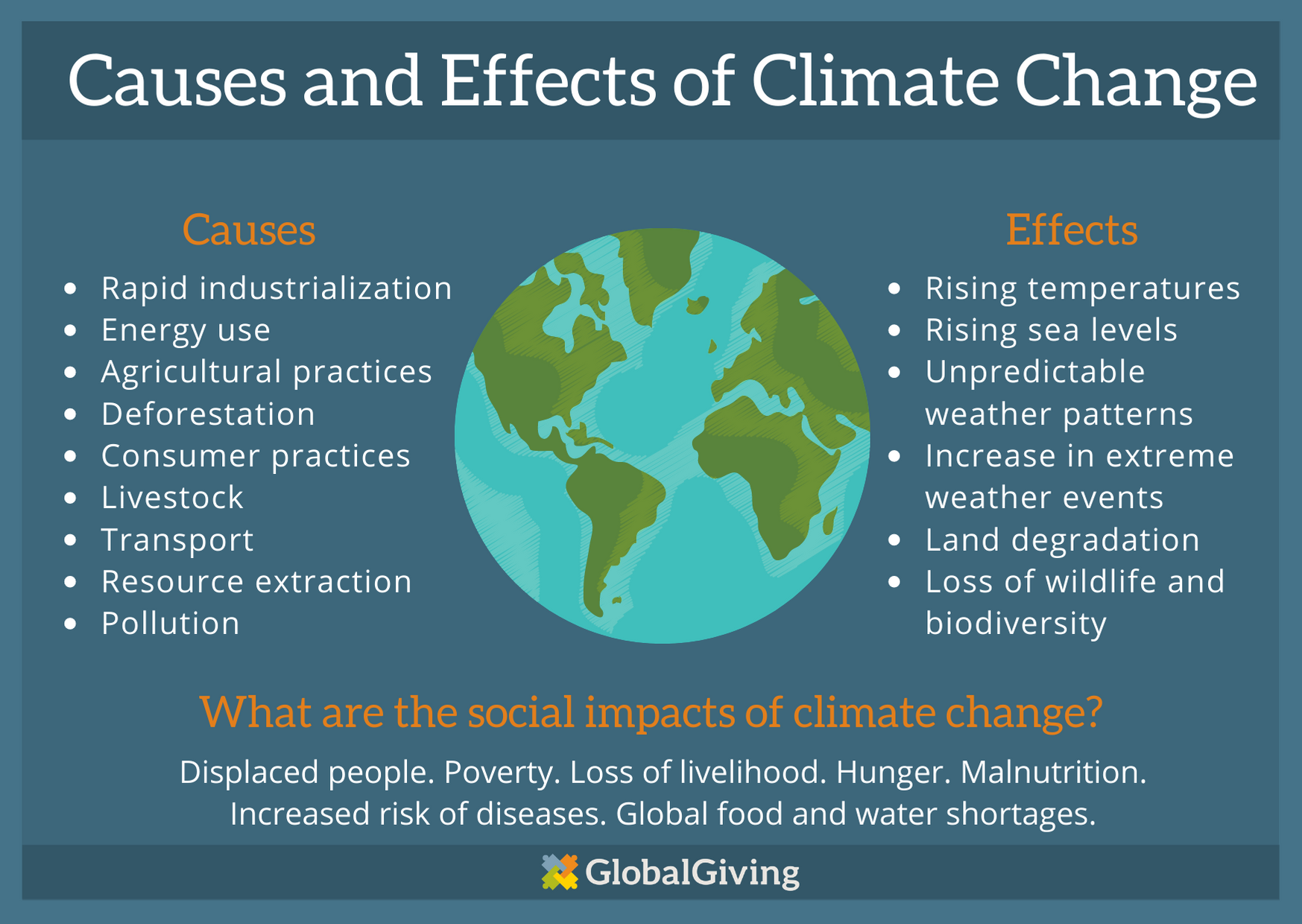Introduction
Climate change is no longer a distant threat; it’s a reality we face every day. Rising global temperatures, extreme weather events, and the rapid depletion of natural resources all point to the urgent need for comprehensive solutions. Understanding the complexities of climate systems is crucial for developing effective strategies to combat this global crisis. Here, we delve into the transformative role that Artificial Intelligence (AI) plays in climate modeling, offering hope and new possibilities in our fight against climate change.
What is Climate Modeling?
Before we dive into the role of AI in climate modeling, let’s clarify what climate modeling entails. Climate modeling is the process of using mathematical and computational models to simulate Earth’s climate system. These models integrate various factors, such as atmospheric conditions, ocean currents, solar radiation, and greenhouse gas emissions, to predict climate patterns and their potential future changes. Climate scientists use these models to better understand climate dynamics and to make informed decisions about climate policy and adaptation strategies.
Traditionally, climate models have been developed through a combination of physical equations and historical climate data. While these models have been invaluable in our understanding of climate change, they have limitations, such as their inability to account for fine-scale regional variations or to predict extreme weather events accurately. This is where AI steps in.
The Marriage of AI and Climate Modeling
Artificial Intelligence, with its capacity to analyze vast datasets, identify complex patterns, and optimize processes, has become a game-changer in the field of climate modeling. Here are some of the ways AI is enhancing our ability to model and respond to climate change:
Improved Predictions: AI algorithms can analyze historical climate data more effectively than traditional models, leading to more accurate predictions. Machine learning techniques, such as neural networks and deep learning, can uncover intricate relationships within the data, enabling scientists to make better forecasts about future climate trends.
Enhanced Resolution: AI-driven climate models can provide higher spatial and temporal resolution, allowing scientists to zoom in on specific regions or timeframes. This is particularly valuable for understanding regional impacts of climate change and planning localized adaptation strategies.
Extreme Weather Prediction: AI can help predict extreme weather events, such as hurricanes, heatwaves, and droughts, with greater precision. By analyzing a wide range of meteorological variables and historical weather patterns, AI models can provide early warnings, potentially saving lives and minimizing damage.
Optimizing Climate Policies: AI can assist policymakers in designing more effective climate policies. By analyzing the potential outcomes of various mitigation and adaptation strategies, AI can help governments make informed decisions on reducing greenhouse gas emissions and building resilience to climate impacts.
AI in Action: Case Studies
To illustrate the practical applications of AI in climate modeling, let’s explore a few real-world examples:
Climate Change Attribution: AI algorithms have been used to determine the extent to which specific extreme weather events, like wildfires or floods, can be attributed to climate change. This information is crucial for assessing liability and adapting infrastructure and emergency response strategies.
Renewable Energy Optimization: AI is playing a vital role in optimizing the integration of renewable energy sources into the power grid. By analyzing weather data and energy demand patterns, AI systems can ensure that wind and solar energy are used efficiently, reducing reliance on fossil fuels.
Ecosystem Monitoring: AI-powered drones and satellite imagery are being used to monitor changes in ecosystems, such as deforestation or coral reef degradation. These tools provide valuable data for conservation efforts and assessing the impacts of climate change on biodiversity.
Carbon Capture and Storage: AI is being employed in the development of more efficient carbon capture and storage (CCS) technologies. These innovations are critical for reducing greenhouse gas emissions from industries like power generation and manufacturing.
Challenges and Ethical Considerations
While the role of AI in climate modeling is promising, it also comes with challenges and ethical considerations. Some of these include:
Data Bias: AI models can inherit biases from the data they are trained on, which could result in unfair or inaccurate predictions. Ensuring that AI systems are trained on diverse and representative datasets is essential.
Energy Consumption: The computational demands of AI can be energy-intensive. Striking a balance between the benefits of AI in climate modeling and its carbon footprint is a challenge that must be addressed.
Privacy: Gathering large amounts of environmental data for AI modeling may raise privacy concerns. It’s important to find ways to protect individual privacy while advancing climate research.
Transparency: Understanding and interpreting AI-generated climate models can be challenging. Ensuring transparency and explainability in AI systems is essential for building trust among stakeholders.
Conclusion
Artificial Intelligence is ushering in a new era of climate modeling, offering unprecedented insights and solutions to address climate change. From predicting extreme weather events to optimizing renewable energy sources, AI’s potential to reshape our approach to climate science and policy is immense. However, it is crucial to navigate the challenges and ethical considerations that come with AI deployment in climate modeling. By harnessing the power of AI while upholding transparency, fairness, and sustainability, we can make significant strides in our battle against climate change. As technology continues to advance, we can look forward to a future where AI and climate science work hand in hand to create a more sustainable and resilient world.






